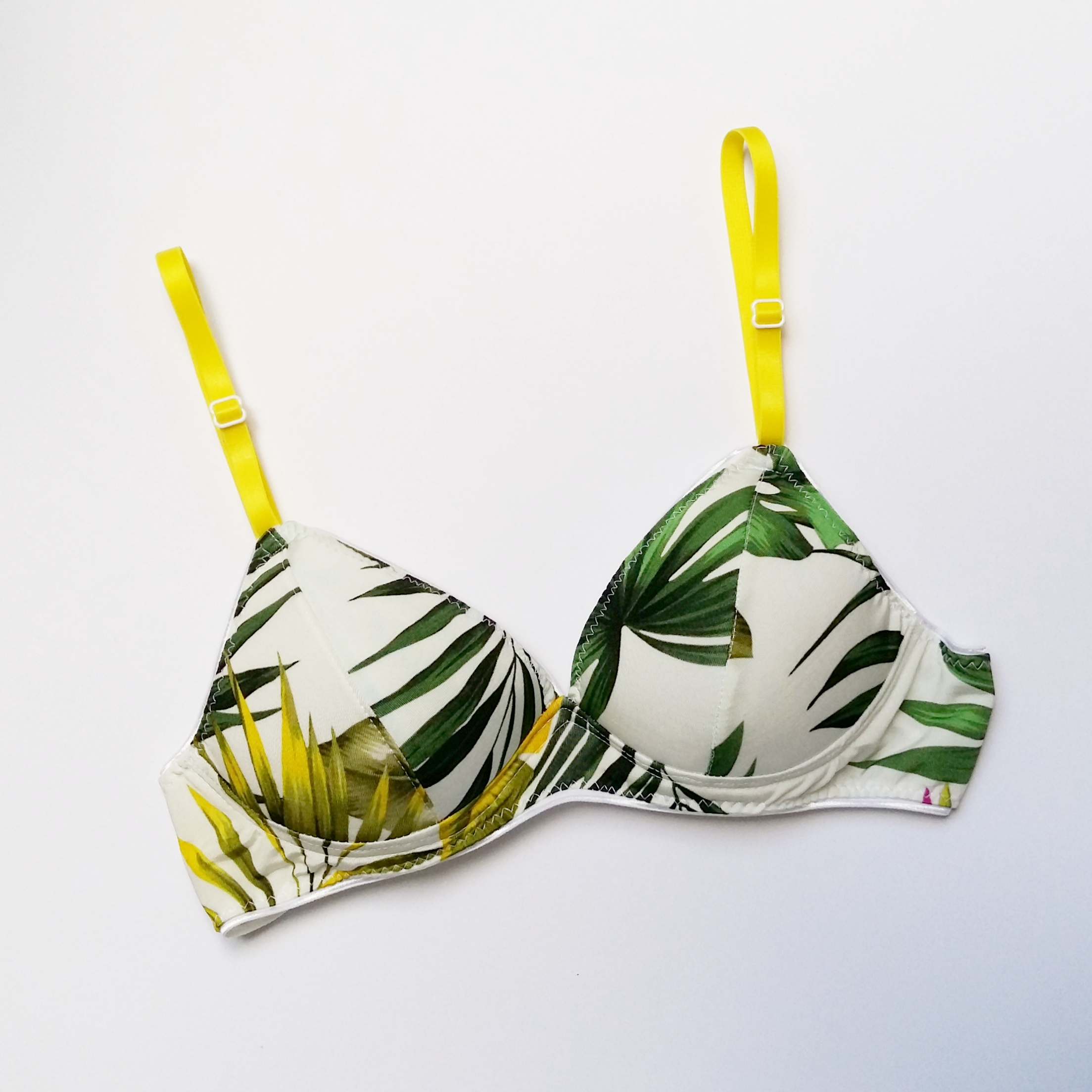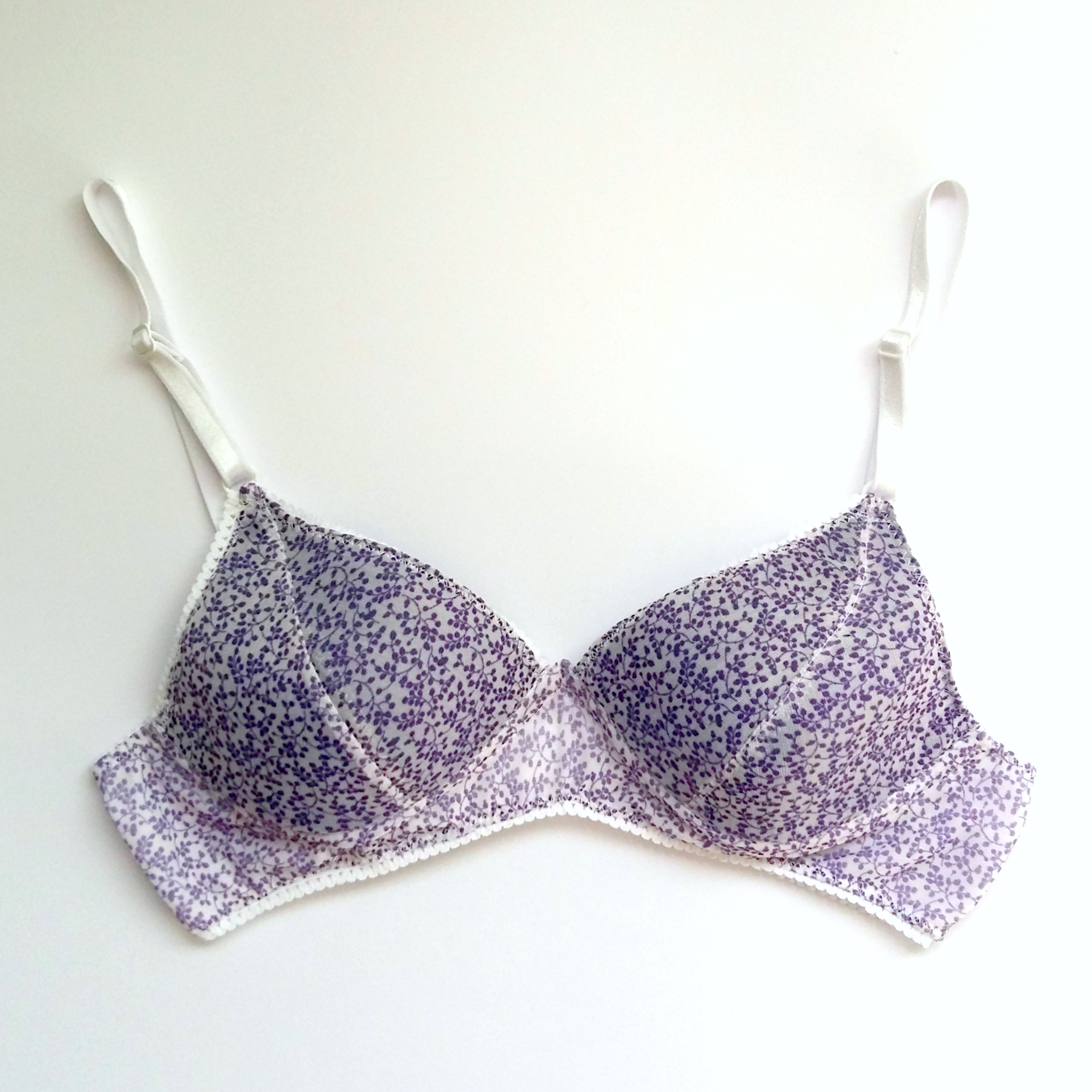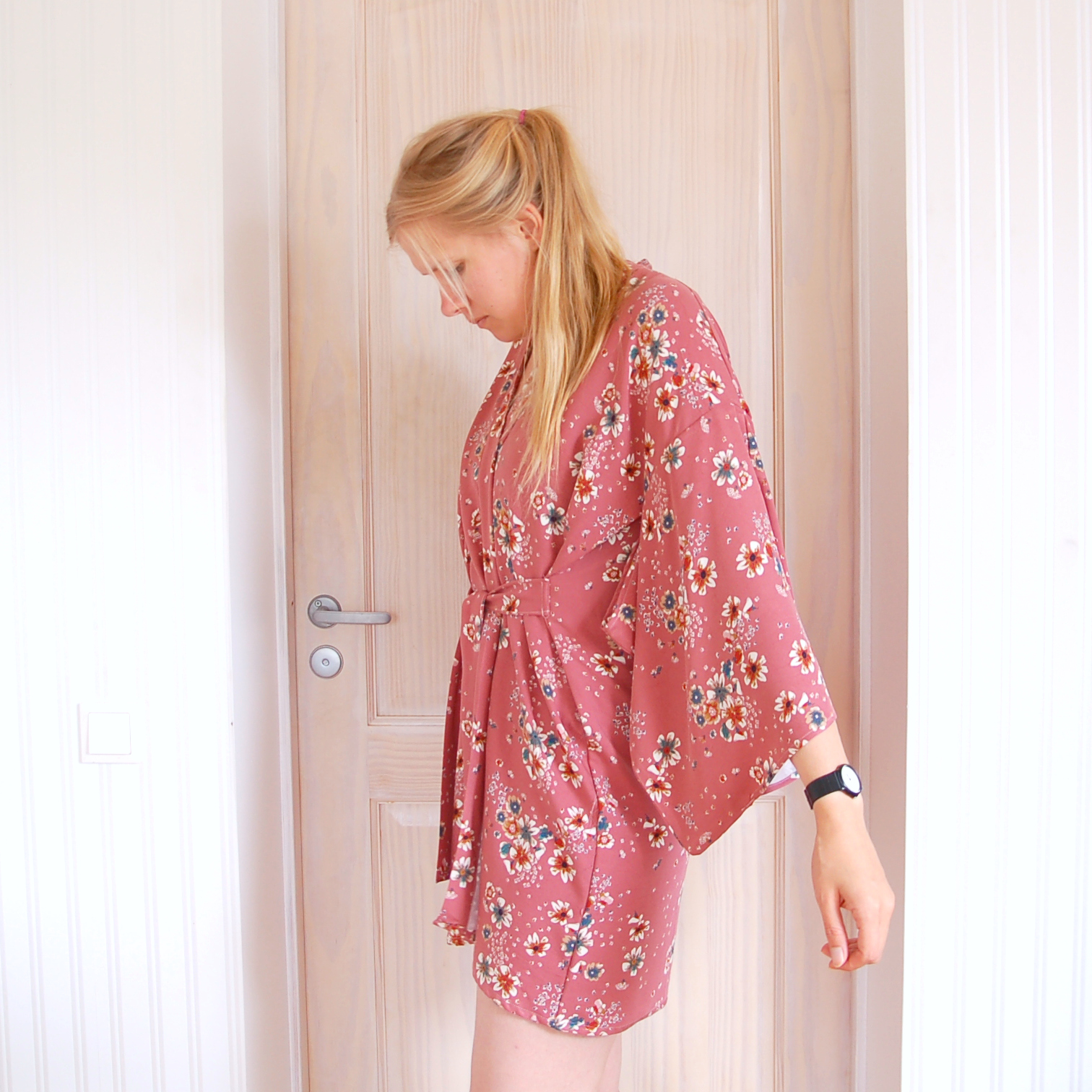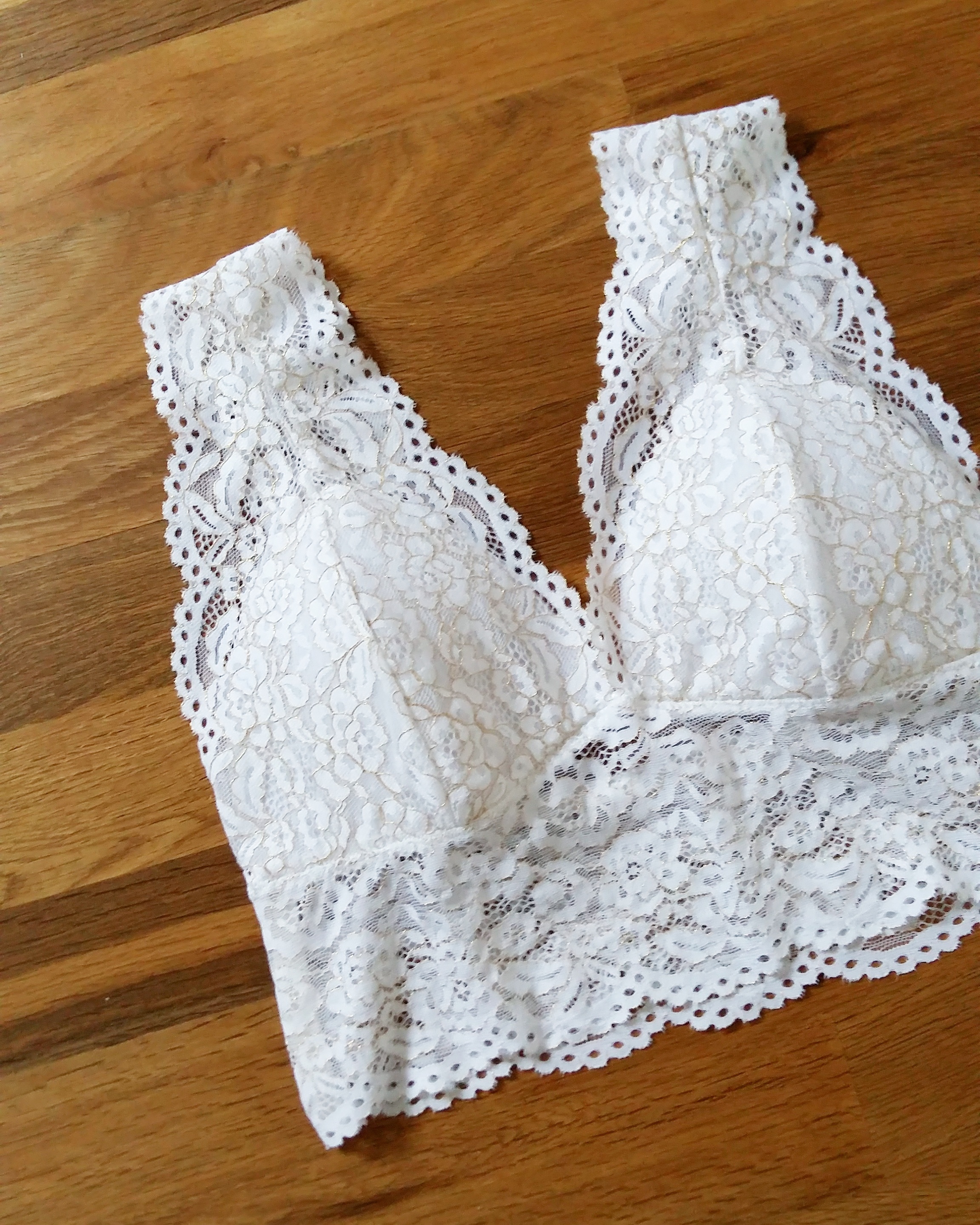Hola! Por fin he tenido un rato para poder escribir sobre el abrigo Kelly que terminé la semana pasada. Más que nada tenía también prisa porque sabía que lo iba a olvidar todo si no me ponía ya, jaja.
Así que para empezar, ya hice una vez el mismo abrigo con el patrón de Kelly de Closet Case Patterns, lo puedes ver en este post. Más tarde en la primavera sacaron también el extra patrón de forro para el mismo abrigo y tenía ganas de probarlo porque así esta prenda tan bonita puede convertirse en algo aún mejor y más práctico.
Mi idea realmente es hacer dos abrigos, uno para mi hermana y otro para mí. Al principio pensaba hacerlos a la vez pero entonces vi este patrón de Ottobre Design también de anorak y estaba pensando que quizás me haga el mío con el otro patrón. En busca de muestras vi este muy bonito en el blog de Ana. Después cambié de opinión simplemente porque me da tanta pereza calcar el otro patrón después de imprimir-pegar-cortar-modificar el Kelly y como tampoco el resultado final tiene tantísimas diferencias pues me quedo con este.
Hey! I finally have time to write about my latest Kelly anorak I made last week. I wanted to record the process here quickly as otherwise I'm sure I'd forget it, hehe.
So to start with, I already made an anorak with the same Kelly pattern from Closet Case Patterns, you can check it out in that post. Later this year they also put out the expansion pack for the lining which I really wanted to try out as this would make this beautiful garment even better and more practical for me.
My original idea was to make two jackets, one for my sister and the other one for myself. First I thought about making them at the same time but then I saw this Ottobre Design pattern for an anorak too and thought about using that one for my version. I was looking around to see some samples and this one from Ana's blog is looking really good. Some time after I still changed my mind basically because I'm too lazy to trace another pattern after printing-assembling-cutting-modifying the Kelly and as the end result is not so different I'm just staying with Kelly.
La tela que usé para esta versión es una micropana en color mostaza, es de algodón con un poco de elastán. Lo elegimos no porque sea pana pero por el color y la verdad es que ha quedado guay. Hay que tener en cuenta que con pana hay que recordar que no se puede voltear las piezas de los patrones al cortarlos para aprovechar mejor el tejido porque al cambiar la dirección se cambia el brillo...así que por si acaso hay que comprar un pelín más de tela. El forro es raso de viscosa en color gris claro que tenía por casa.
En mi primer Kelly usé el patrón en talla 8 y me hubiera gustado que las mangas estuvieran un pelín más anchas. Mi hermana usa talla más grande y para ella corté el patrón en pecho de 10, en la cintura de 12 y de cadera en 14, gradualmente uniendo las tallas. Los cambios los hice sólo en el delantero y en la espalda, el largo del cuerpo lo dejé como en la talla 10. Las mangas las hice en talla 10 y 2 cm más largas. La tapeta delantera donde van los snaps la hice 1 cm más ancha (en doblez) porque la última vez me pareció que los snaps se quedaron demasiado al borde.
Como no tenía aquí el patrón que usé la última vez me tocó imprimirlo todo otra vez. Si me preguntáis qué prefiero, que si imprimir y pegar o calcar del patrón impreso pues la respuesta es que siendo un patrón de tantas piezas (25 creo) es igualmente coñazo de las dos formas...o sea, un rollo, jaja. Cuando haces el Kelly con forro tienes que mirar bien qué piezas usar, en las instrucciones viene la lista de piezas que necesitas del patrón original y luego la lista con las piezas del forro. La manga se ha cambiado y ya no tiene puño, así que son nuevas tanto las piezas del forro como del exterior. Había un error que vi después de cortar: la vista de forro de la capucha (R2) lo han puesto como si se cortase de la tela de forro pero realmente es de la tela exterior.
I used a mustard colored thin striped corduroy for this version, it's a cotton fabric with a bit of elastan in it. We decided on that fabric not because of it would be corduroy but just because of the color and it turned out great. Using a fabric like corduroy means that you can't flip the pattern pieces to save up on fabric as there's the directional sheen on the fabric that shouldn't be mixed up on pattern pieces...so I bought a bit more fabric than required just in case. The lining is a rayon satin fabric I had at home.
On my first Kelly I made a size 8 and I later would have liked the sleeves to be a bit wider. My sister uses a bigger size so I cut this one in size 10 in bust, 12 in waist and 14 in hips, gradually joining the sizes on the pattern pieces. I only made these changes on the body pattern pieces and left the length like in size 10. I made the sleeves in size 10 and made them 2 cm longer. The placket where the snaps go seemed a bit too narrow for me on my first Kelly so I widened it by 1 cm (on the fold) to make more room for them.
As I didn't have my old pattern here I had to reprint everything. If you ask which method I like more, printing and assembling or tracing from a printed pattern, well my answer is that if you're working with a pattern that big (I think it's 25 pattern pieces) it's a pain in the ass both ways, haha. When you make a lined version of Kelly you need to read well the instructions to see which pattern pieces you need from the original version and which ones from the lining extension, there's a list there. The sleeve has been changed and now comes without the cuff so both the sleeves exterior and lining pieces are new. I saw an error after cutting too: the hood lining facing (R2) is on the lining fabric list but you need to cut it from the exterior fabric.
Sobre la construcción. Hay partes que son similares a la versión sin forro pero luego hay bastante más de curro por delante. Esta vez cosí las costuras de unión de piezas sin rematarlos por dentro (por fuera se ven iguales) ya que la prenda lleva forro, eso sí que fue más rápido que la primera vez. Las instrucciones que me confundían la primera vez se habían mejorado mucho. La primera vez corté mal el tema del delantero (que son dos iguales y luego tienes que quitarle una parte a uno de ellos) y esta vez lo vi mejor explicado, especialmente eso de que cuando se refieren al lado derecho de la prenda, eso significa que el lado derecho cuando tú tienes la prenda puesta. No tenía mucho sentido pero si está hecho así, pues así lo hacemos. Mientras no me confundo en el camino…
No había grandes problemas a la hora de coser el abrigo. Las piezas encajan y todo va bastante bien. A la hora de coser la cremallera y las vistas hay que leer las instrucciones paso a paso y seguir cumpliendolos, luego se ve el porqué de los pasos...o sea, parece complicado al principio pero luego la cosa se soluciona. Donde me quedé con la duda es en la parte de abajo donde se une el forro con el exterior, ese cachito donde la vista de la cremallera, se quedó medio raro, es difícil de explicar si no tienes la prenda adelante. Pero de alguna manera doblé la vista para que no se quede con el borde sin rematar allí fuera y luego lo cosí a mano para unir al forro como en las instrucciones. No sé si lo hice bien, pero cerrado está.
Cómo dije, hice la tapeta 1 cm más ancha y me gusta el resultado así, me parece que hay más espacio para los snaps. Ahora, ya en la parte de unir la capucha, no sé cómo lo hice que me cuadró, pero pensé que realmente si la tapeta es más ancha, me faltaría también 1 cm de la capucha...así sería lógico, no? Pero igual por mi tela ligeramente elástica o vete tú a saber por qué...pues me cuadró esta vez.
Realmente la parte donde más descosí era la última: para fijar el túnel de cordón al abrigo, tanto a la capa exterior como al forro a la vez. Primero se engancha el túnel sólo al exterior y luego se cose a través de las dos capas pero el forro se me movía y me quedé sin espacio y mil movidas más hasta que lo hilvané todo a través de las dos capas de nuevo y sólo entonces conseguí que quede medio bien. Además lo malo de esta tela es que al tener un poco de elasticidad se me cambiaba de largo de vez en cuando y las cosas no siempre encajaban a la primera.
About the construction process. There are similar parts as in the non lining version of the pattern but there's also lots of work ahead after that. I didn't sew the proper flat fell seams this way, I just left the insides of those seams raw as there's lining there anyway (they look the same from the outside) and this made the process faster. The instructions that confused me the first time were better written this time. On my first Kelly I cut out the front piece wrong (they are both cut out the same and later you cut away one part) and this time I saw that this part is explained better, especially the part where they refer to the right side of the garment which means the right side when you are wearing the jacket. It didn't make too much sense to me but as it's how the instructions are written well I'll follow them as they are as long as I don't get something wrong...
There were no big problems when sewing the jacket. The pieces go well together and the process is smooth. When sewing the zipper and it's facings you need to really do it step by step and carefully read the instructions, it makes sense when everything is set finally...it might seem complicated at first but you'll see how it comes together in the end. The part I didn't understand was the part where the lining and exterior facing meet where the zipper is, inside the jacket. I did fold the facing so it wouldn't be there on the way with its raw edge and then later sewed it by hand as the instructions said but I'm not sure if it's the correct way. Also it's kind of hard to explain that part when you don't have the garment in your hands...
As I said I made the placket 1 cm wider and I like the result that way. When I was attatching the hood I realized that when I made the placket wider I should have made the hood piece wider too to fit them both. the funny thing is that everything still fit without changes this time, it might have been also because of the slight stretch in my fabric, not sure about that happy coincidence there.
The place I unpicked the most was actually in one of the last steps: when attactching the drawstring casing on both the exterior and lining pieces. First you only attatch it to the exterior and then in the end when the lining is in place you topstitch it through both layers. Well the lining shifted like crazy and I was left with no fabric until I basted everything in place through both layers and only then I could sew it well. The bad thing about my stretchy fabric was that it cahnged it's lenght sometimes so it made things a bit unpredictable.
Así que los cambios entre la primera versión sin forro y ésta con forro son de fuera que las mangas no llevan puños y el túnel de cordón está cosido por fuera y no por dentro. Y por dentro obviamente el forro. No sé decirlo con 100% de exactitud pero me parece que ahora las mangas son más anchas que en otra versión (que sería lógico para dar espacio para el forro también…), porque la talla 8 antes me pareció de manga un poco estrecha como comenté antes pero la talla 10 con forro es bastante amplio, o sea, creo que para mi abrigo con forro voy a volver a la talla 8 después de todo.
Los snaps que he usado son de tipo Anorak de Prim y la verdad es que me gustan más los que pude poner con la prensa industrial porque son más “suaves”, estos de Prim son fuertes y aunque funcionan y todo, me parecen un poco demasiado “cerrados”, no sé si me explico. Al principio pensaba ponerle un cordón amarillo pero la verdad es que este gris que encontré por casualidad en casa le queda muy bien junto con los snaps y el forro, me parece un detalle de color bonito para romper toda la mostaza un poco.
So the main differences between the non lining and the lining versions are that the sleeves don't have cuffs and the drawstring casing is on the outside now. And the lining itself of course. I'm not 100% sure but I think that the sleeves are wider now than in the first version (I guess it's logical as the lining needs more space...), because as I mentioned before I found the size 8 sleeve a bit tight but the size 10 with lining is quite roomy, so I probably return to the size 8 with my lined jacket.
I used Anorak type snaps from Prim and to be honest I like the industrial snaps I could put on my first version a lot more. They are way "softer" than the Prim ones. I mean these ones work well but I find them a bit too "strong" and "closed" if you know what I mean. At first I wanted to add a mustard color drawstring but then found this grey one at home and I really like the combination that all the grey/silver elements bring to the overall mustard look.
Qué más? Que aunque quería hacer los dos abrigos a la vez y luego pensé terminar uno y entonces directamente otro, pues ahora necesito un descanso. A veces me olvido que este tipo de proyectos llevan mucho tiempo y energía, jaja. Ahora necesito algo más ligero...una blusa, algo de lencería quizás, así me animo seguir ya que además la parte de preparar el patrón está hecho, lo único que lo voy a cortar a mi talla y ya está.
Espero que te animes a coser este abrigo porque a mí sí que me gusta mucho y el primero lo he usado un montón y el que haré seguro que también. Es un proyecto largo y necesita paciencia en mayúsculas pero merece la pena y mucho! Para el siguiente he pensado un par de cambios que ya os contaré más en detalle una vez que lo haya terminado. Gracias por leerme como siempre!
So what else? I thought about making both jackets at the same time or at least one after another but now I need a break. Sometimes I forget how time and energy consuming these projects could be, hehe. Now I need something easy as a top or lingerie or something like that, that way I'll be more motivated to continue with the second one as the pattern is already prepared, I will only reduce it to my size and that's it.
I hope you'll try out sewing that jacket because I really like it and I've used my first version a lot and hopefully will do the same with the second one too. It's a long project that needs lots of patience but it's really worth the effort! I thought about some changes for the second one and I'll tell you all about it when it's ready. As always, thanks for reading this!








































